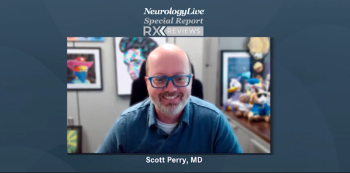
In this final segment, Perry reflects on how zorevunersen represents a shift toward disease-modifying therapies in epilepsy and what this means for the future of genetic epilepsies. [WATCH TIME: 2 minutes]
Co-director, Jane and John Justin Neurosciences Center, Cook Children’s Hospital

In this final segment, Perry reflects on how zorevunersen represents a shift toward disease-modifying therapies in epilepsy and what this means for the future of genetic epilepsies. [WATCH TIME: 2 minutes]

In this fourth segment, Scott Perry, MD, outlines the design of the registrational EMPEROR trial and what it aims to confirm about zorevunersen’s long-term safety and clinical benefit. [WATCH TIME: 2 minutes]

In this segment, epileptologist Scott Perry, MD, discusses zorevunersen’s effects on Vineland-3 scores and why improvements in communication, cognition, and adaptive behavior matter in Dravet syndrome. [WATCH TIME: 3 minutes]

Epileptologist Scott Perry, MD, reviews findings from the early-phase Monarch and Admiral trials, highlighting zorevunersen’s dose-response profile, seizure reduction, and safety outcomes. [WATCH TIME: 3 minutes]

In this kick-off segment, epilepsy expert Scott Perry, MD, explains how zorevunersen uses antisense oligonucleotide technology to correct SCN1A gene expression and address the underlying cause of Dravet syndrome.
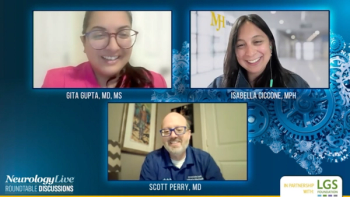
Experts noted that the Lennox-Gastaut Syndrome Foundation is a welcoming platform for collaboration, research advancement, and career development in the field. [WATCH TIME: 3 minutes]

Experts discussed strategies to improve LGS clinical trial design, better understand comorbidities in rare epilepsies, and foster collaboration across stakeholders. [WATCH TIME: 5 minutes]

Experts discussed gaps in LGS research, including biomarker development, sleep assessment, and early intervention strategies to improve diagnosis and outcomes for patients. [WATCH TIME: 6 minutes]

Experts underscored that stakeholder collaboration, including clinicians, caregivers, and industry partners, can play a critical role in advancing understanding and management of LGS. [WATCH TIME: 3 minutes]

Experts discussed initiatives to standardize data collection, expand registries, and empower families in advancing care for Lennox-Gastaut syndrome. [WATCH TIME: 3 minutes]

Experts highlighted the need for clearer treatment sequencing and improved transition of care for patients with LGS from childhood to adulthood. [WATCH TIME: 3 minutes]

Panelists discuss how improving adoption of newer Dravet syndrome therapies requires early genetic testing by general neurologists who should then collaborate with specialized centers of excellence, maintaining local neurologist relationships for ongoing care while leveraging expert guidance on appropriate medication selection, dosing, and management to ensure patients receive optimal treatment regardless of their geographic location.

Panelists discuss how promising disease-modifying therapies including antisense oligonucleotide and viral vector treatments are currently in clinical trials and target the underlying SCN1A gene defect, rather than just treating seizure symptoms, showing encouraging results in seizure reduction and nonseizure outcomes such as language development, though these therapies will likely complement rather than replace existing medications when they become available in several years.

Panelists discuss how despite newer medications such as cannabidiol, stiripentol, and fenfluramine being available for several years and recommended as first-line therapies, claims data reveals that only 7% to 25% of patients with newly diagnosed Dravet syndrome receive these treatments, with many clinicians still defaulting to older, less effective medications due to lack of practical guidance on dosing and titration protocols for the newer therapies.

Panelists discuss how newer medications such as stiripentol have become preferred over traditional options such as valproate for younger patients, emphasizing the importance of assessing treatment effectiveness within 6 to 8 weeks rather than accepting "pretty good" seizure control, and encouraging frequent communication with families to optimize therapy and pursue meaningful seizure reduction rather than settling for partial improvements.

Panelists discuss how treatment selection for Dravet syndrome requires individualized approaches based on seizure types and patient characteristics, emphasizing the importance of striving for seizure freedom, avoiding contraindicated sodium channel medications, utilizing synergistic drug combinations when appropriate, and simplifying medication regimens to twice-daily dosing with clear timing cues to improve family adherence to complex treatment plans.

Panelists discuss how the treatment paradigm for Dravet syndrome has dramatically shifted with newer FDA-approved medications (cannabidiol, stiripentol, and fenfluramine) now recommended as first- and second-line therapies alongside traditional options such as valproate and clobazam, emphasizing that these novel mechanisms offer distinct advantages and should be used early rather than as last-resort treatments, with risk evaluation and mitigation strategies (REMS) programs and specialty pharmacies actually improving patient access and monitoring.

Panelists discuss how patients with Dravet syndrome face elevated sudden unexplained death in epilepsy (SUDEP) risk compared with other epilepsy populations, emphasizing the importance of early family education about risk factors such as convulsive seizures and medication adherence, while highlighting that newer therapies show promise in reducing both seizure frequency and SUDEP risk through better seizure control and decreased status epilepticus occurrence.

Panelists discuss how SCN1A genetic testing has enabled earlier diagnosis of Dravet syndrome, though some clinicians still hesitate to order tests due to discomfort with genetics, emphasizing that early genetic confirmation is crucial for avoiding contraindicated sodium channel medications, implementing appropriate treatments, and providing families with answers and community connections that improve long-term outcomes.

Panelists discuss how early recognition of Dravet syndrome's key clinical features—including prolonged seizures triggered by fever or illness in the first year of life, the importance of genetic testing for SCN1A variants, and the progressive nature of the condition that evolves from initial febrile seizures to multiple seizure types alongside developmental delays—can support timely diagnosis and improve long-term outcomes for pediatric patients.
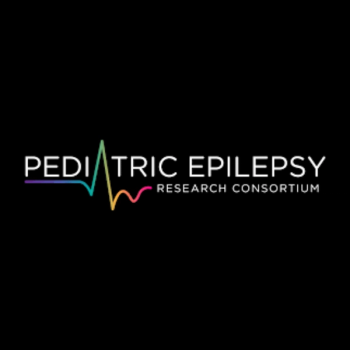
M. Scott Perry, MD, an expert in epileptic disorders and board president of PERC, provided insights on the group's mission and goals, its structure and membership, and its 60+ ongoing research projects.
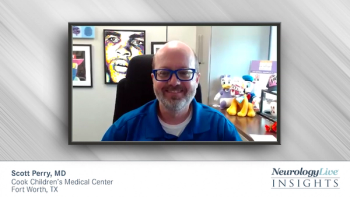
Scott Perry, MD, discusses how effective management of Dravet syndrome requires a multidisciplinary approach, emphasizing the critical importance of early diagnosis and aggressive treatment aimed at achieving seizure freedom, which can significantly improve long-term outcomes and quality of life for patients.

Scott Perry, MD, discusses how caregivers of patients with Dravet syndrome face significant challenges and emphasizes the importance of health care providers navigating sensitive conversations with empathy, clear communication, and comprehensive support to address caregivers’ concerns and needs.

Scott Perry, MD, discusses how treatment challenges in Dravet syndrome necessitate careful monitoring by health care providers, who must consider factors such as individual patient response, adverse effect profiles, drug interactions, and the potential need for escalation therapy, to optimize seizure control and overall patient outcomes.

The panelist discusses how the goal of Dravet syndrome treatment is to reduce seizure frequency and severity, typically starting with initial treatments like valproate and clobazam and potentially escalating to combination therapies including options such as cannabidiol, with the overall aim of improving patients’ quality of life and developmental outcomes

Scott Perry, MD, discusses how pediatric patients with Dravet syndrome often experience various comorbidities alongside seizures, including developmental delays, behavioral issues, and sleep disturbances, which significantly impact quality of life, especially when diagnosis is delayed, necessitating comprehensive management strategies.

Scott Perry, MD, discusses how Dravet syndrome is diagnosed through a combination of clinical observation, genetic testing, and phenotypic evaluation, emphasizing the challenges and importance of early diagnosis to improve patient outcomes.

Scott Perry, MD, discusses how Dravet syndrome is a rare genetic epilepsy characterized by frequent, prolonged seizures beginning in infancy, often accompanied by developmental delays and other health issues that persist and evolve as patients age.

The head of neurosciences at the Jane and John Justin Neurosciences Center of Cook Children’s Medical Center detailed some of consequences of undiagnosed or misdiagnosed LGS, and how it may impact long-term care for eligible patients. [WATCH TIME: 4 minutes]

The head of neurosciences at the Jane and John Justin Neurosciences Center of Cook Children’s Medical Center discussed the complex nature of Lennox-Gastaut syndrome and where improvements could be made in diagnosing patients. [WATCH TIME: 4 minutes]
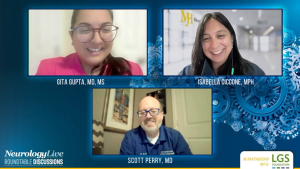
Published: September 8th 2025 | Updated:

Published: September 8th 2025 | Updated:

Published: April 13th 2024 | Updated:

Published: April 25th 2020 | Updated:

Published: April 26th 2020 | Updated:

Published: January 8th 2021 | Updated: